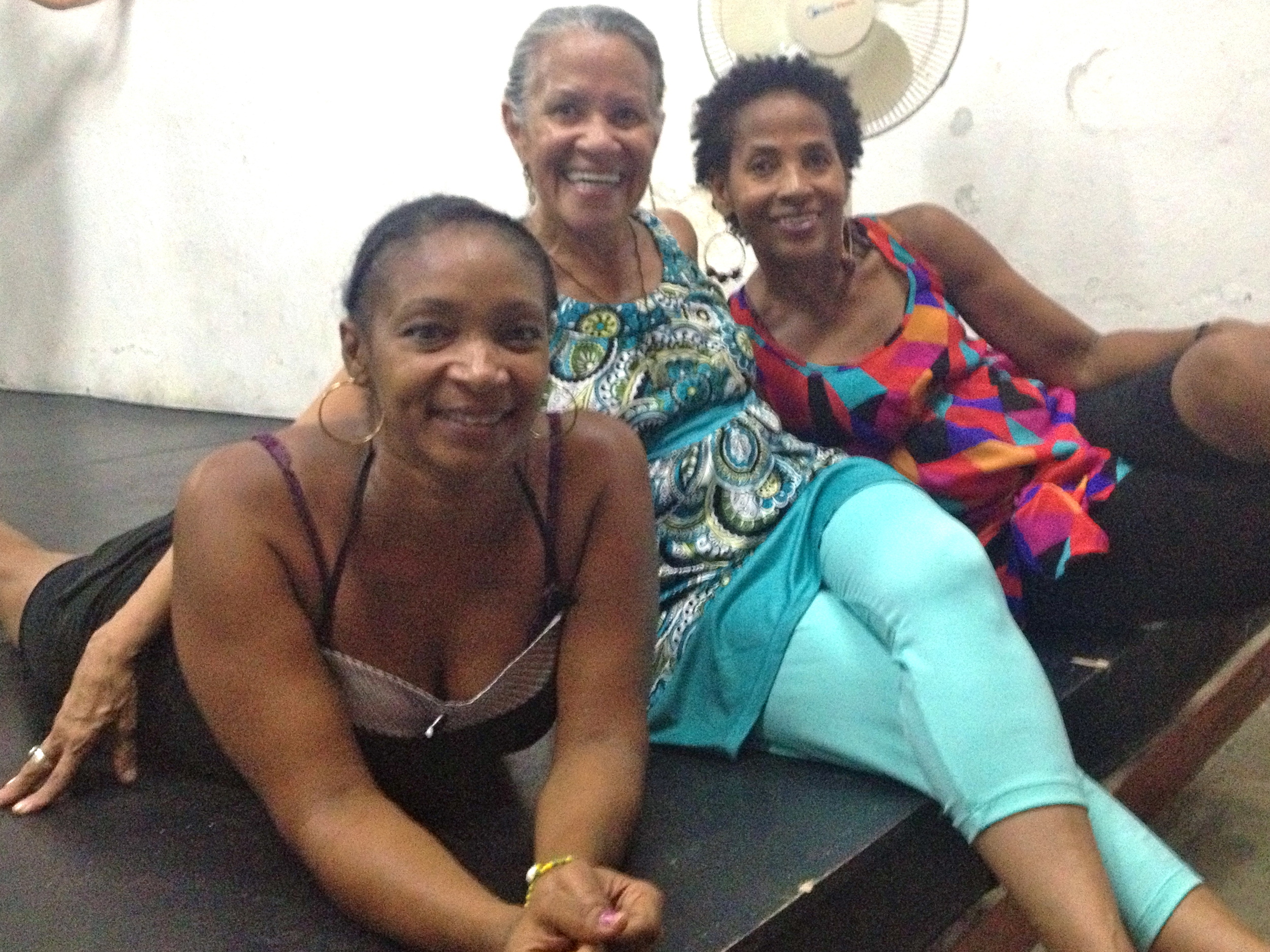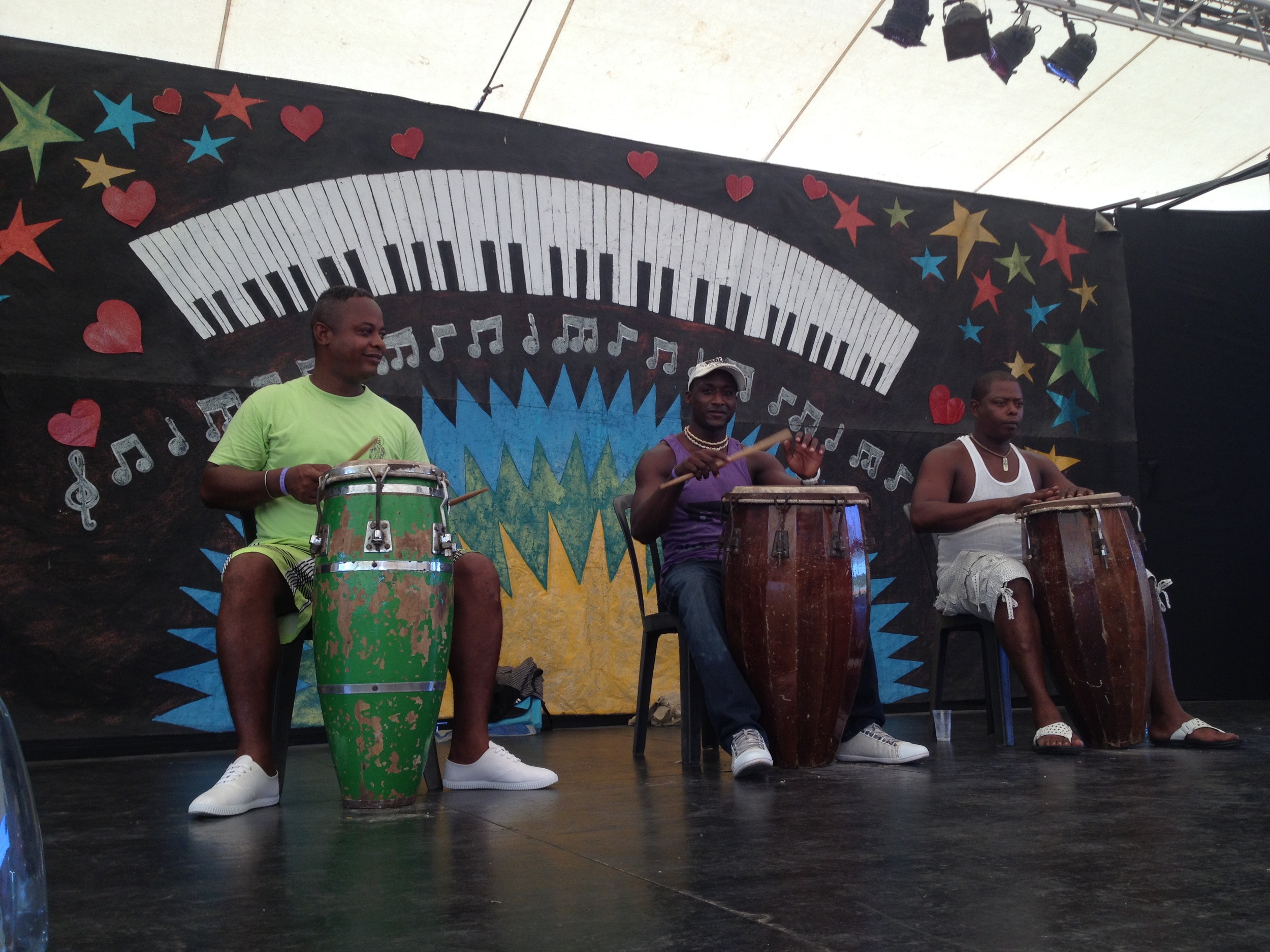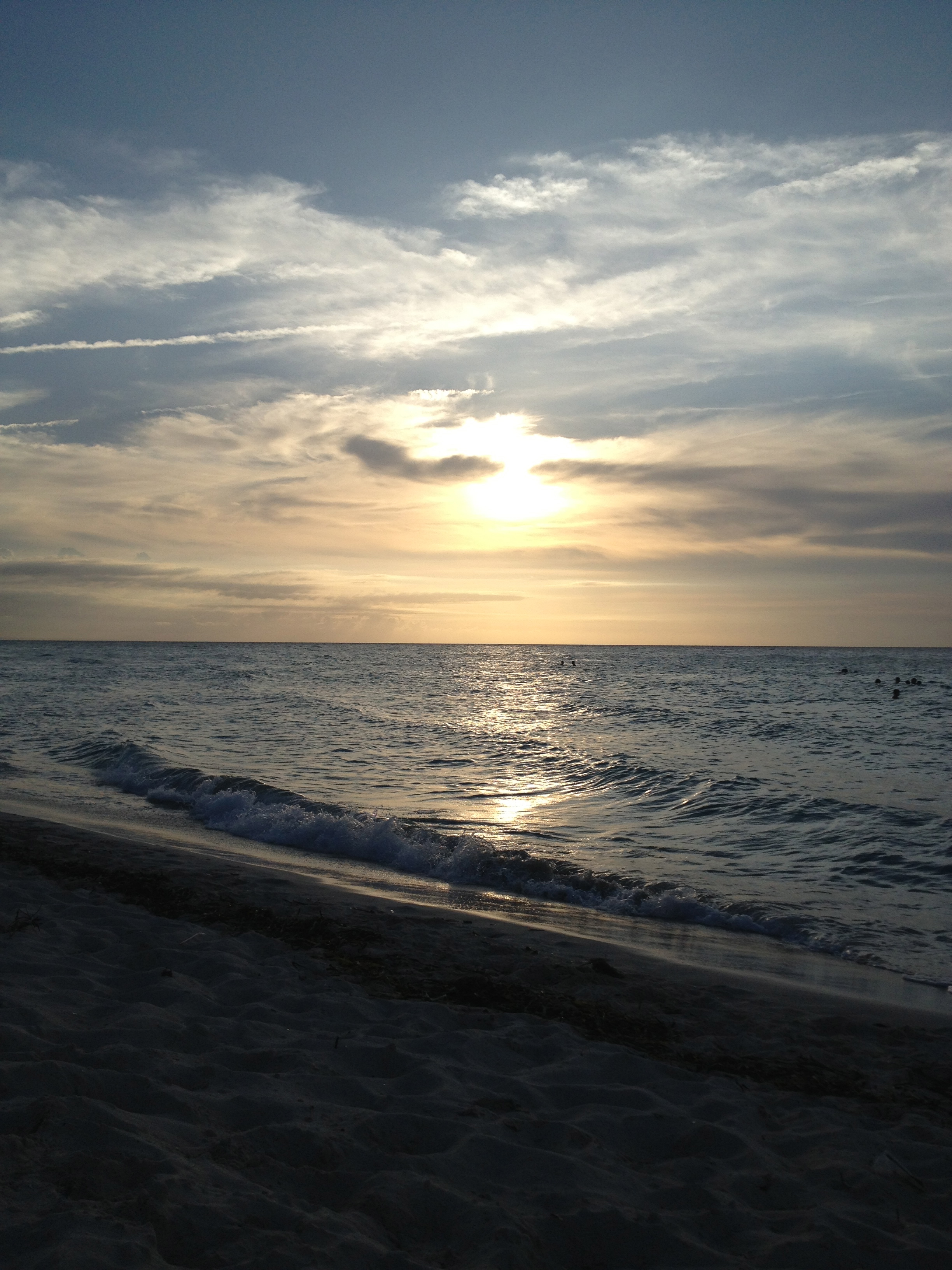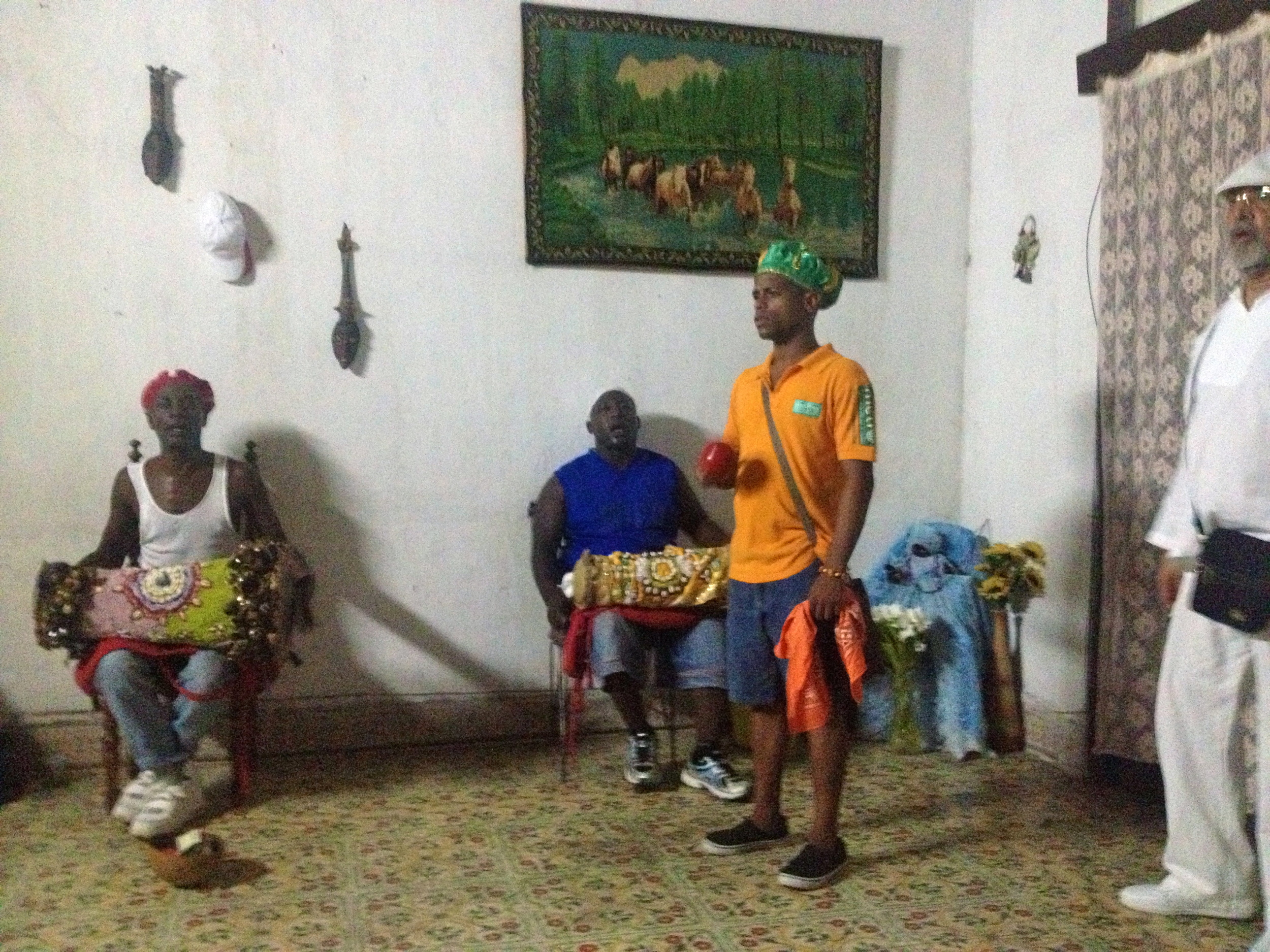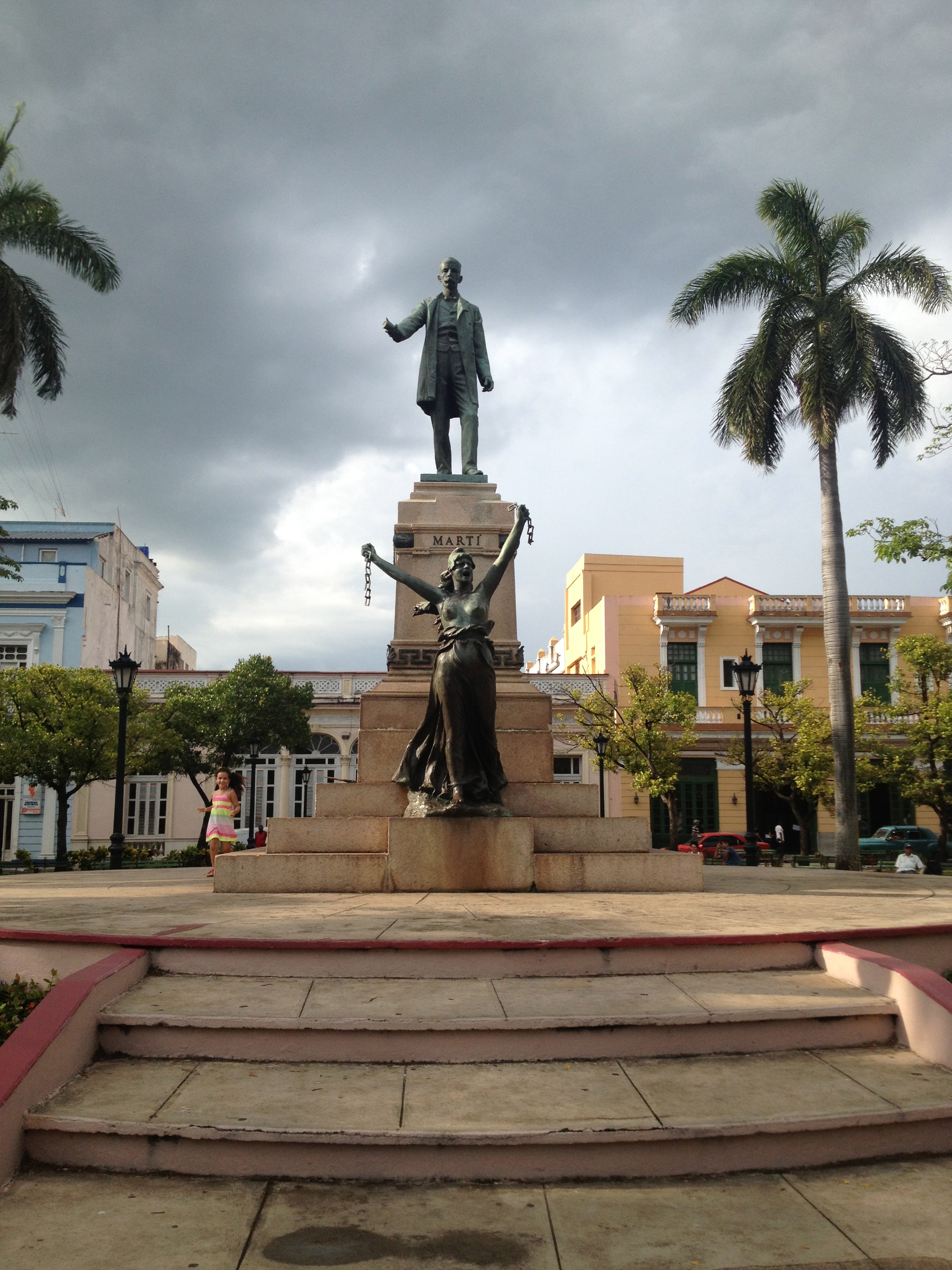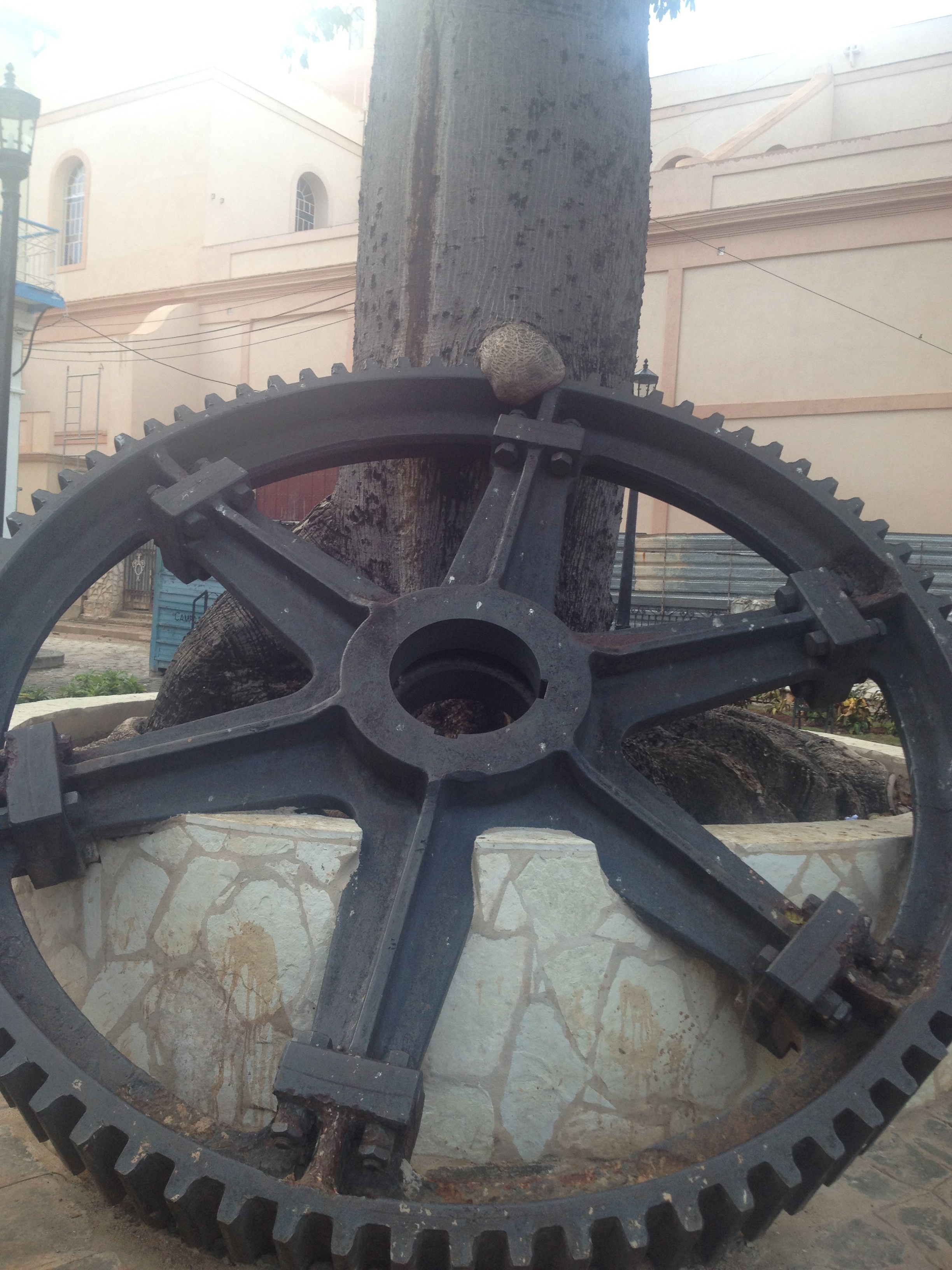I recently traveled to Cuba with Danys “La Mora” Perez, members of her Afro-Cuban folkloric dance ensemble Oyu Oro and other researchers and dance students. The trip involved a rigorous schedule of daily dance and song classes by teachers and performers from some of the most prominent Afro-Cuban folkloric companies based in Havana, Matanzas and Santiago. Additionally, we saw folkloric performances in Camaguey, Santiago, and El Cobre as well as two modern and contemporary modern companies based in Santiago. The two week journey included ceremonies or toqués, a contemplative visit to a sacred site, much live music, and many deep connections. My intro here is a bit dry in that I'd like to document briefly some of the highlights of especially the educational aspects of this journey. But, it must be stated that this trip to Cuba was extremely profound for me and moved me...inspired me...changed me...spiritually, emotionally, physically.

La Habana: We danced with Ildolivia Ramus Jàne of Raices Profundas, the Havana-based folkloric dance company directed by Juan de Dios, whom I had studied with on my first trip to Havana in 2006. Our lead musician, Eduardo Aguiero used to perform with Raices Profundas and currently plays with Clave y Guaguanco. He lectured on aspects of La Regla de Lucumí and especially the importance of Elegua, for which he taught a couple of songs to go with the Ñongo rhythm. Ildolivia led us through Lalubanché, Ñongo, and Chachalokafún for Elegua, zapateos de Ochún, Yemayá Chikini variations all within the Yoruba tradition and Afrekete and Mase from the Arará lineage. We learned Palo Trillado from Pinar del Rio. This style seemed similar to Palo but a little slower. However, by the time we finished this style felt just as strong and intense as Palo. She also introduced us to Kongo/Bantu styles from Trinidad, Cuba. These included Milena, Dilen Dilen, Vamos a Jugar, and Kin Van Bara. Alexander La Rosa Pérez, of Ballet de Oriente in Santiago and La Mora's nephew, warmed us up and taught salsa choreography.
Next stop, Varadero.
Varadero is a resort town on the northern shore of Cuba. The sea is sweet here and tranquil. Clear, turquoise, blue on the horizon...soft white sand and sea grass. The sea feels supportive and nurturing...like it's hugging me. It's less salty than any other water I've been in this summer from the Terrenean Sea to Virginia Beach to Miami. It tastes good on my lips.
We studied with Grupo Afro-Cuba de Matanzas. I had studied with them two years ago and was looking forward to working with Antonio Figueroa master dancer and Menini artistic director again. Our drummers were Rances and Diosvanni, both sons of Menini I believe and Ignacio Calderon Osborne, musical director for Afro-Cuba de Matanzas.
Again, like in Havana, we danced morning and afternoon. Figueroa worked us through the orishas Elegua (with alubanché, la tokpa, chachalokafún), Ogún, Ochún, Yemayá, and Oyá. Menini led us in songs for Elegua, Ogun, Yemaya, and Shangó. Figueroa gave us a lot of information through his sequences and the subtleties of his torso, shoulders, and feet. In Yemaya's chikini section he keeps his feet very connected to the floor to improvise and play with the rhythm, but he also lifts up to sustain the rhythm. Menini's song classes continued with Arará songs for Afrekete, Hebioso (Jevioso), and Sobo. I thought it was interesting to hear about Sobo, as the Arará rhythm reminds me of a rhythm from Souvnans in Haiti and Sobo is also a lwa in Haitian Vodou. Menini explained that Sobo is aligned with fire like a volcano and its color is red wine. In the Yoruba tradition Sobo is Agayu. He wears nine colored handkerchiefs on his waist and his tool is a big headed axe.
The night of August 8th we went to Matanzas to participate in a ceremony for Obatala, Menini's orisha, in Menini and Mima's home.
Matanzas:
Descriptions and pictures of Camaguey, Guantanamo, Santiago, and El Cobre to come...


